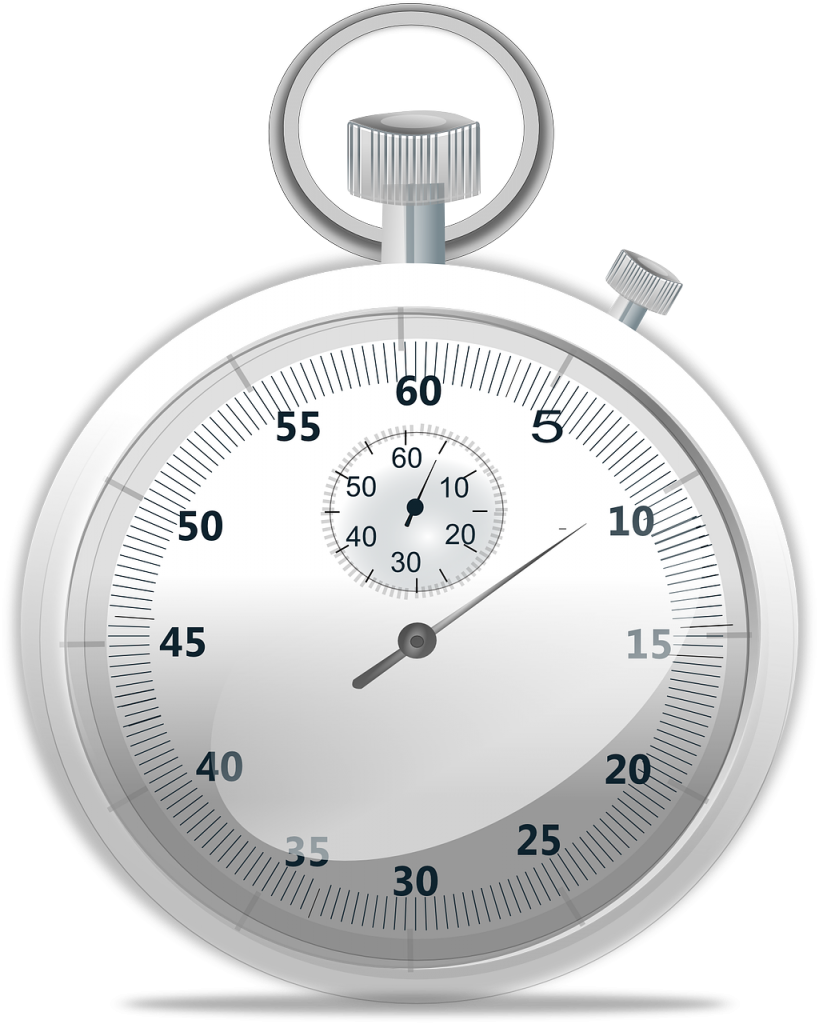I read a lot of resumes. Not only do I do a lot of hiring, I also do a lot of coaching and mentoring both informally and formally which can include helping someone revise or “fix” their resume. Because I’m often asked to share my behind the scenes tips and tricks to getting the interview or the job, here’s a peek behind the curtain.
6 Seconds?
The oft-quoted stat is that a recruiter spends an average of 6 seconds reviewing a resume. Since I’m not a professional recruiter I take a little longer, about 90 seconds. By the time an application gets to me, a machine has already determined if a candidate is qualified for the position we’re hiring. Because I know the person has passed the test of basic qualifications needed for the job, my approach to reviewing a resume has evolved. I’ve gotten quicker at assessing what I’m looking for and whether this person goes in my yes, maybe, or no pile.
Knock, knock, who’s there?
The first thing I do is look at the resume, not the cover letter. I don’t even bother looking at the cover letter if the resume doesn’t catch my attention. This quirk of mine surprised someone I was recently coaching through a hire. Here’s why: my first scan of the resume is for visual appeal. What is this person telling me about themselves by the visual presentation?
- How big is the font?
- Are there a lot of different fonts?
- Is there some style showing? Does the style relate to the type of job they are applying for? How many pages is it? What do they choose to tell me about themselves first?
- What voice is coming through the visual representation?
- Do I like their style?
What have they done?
If I like the visual representation, I keep reading. I look first for work history. What is their experience? How long have they been in each job or at each employer? If I see short stints, I do a quick scan to see their years in the field. If it’s a new grad or someone early in their career, short stints make sense. If they are further along the career path, short stints are a red flag.
If I’m satisfied with the work history, I scan next for what roles they’ve had. What were their responsibilities? Do they list accomplishments or just job duties? Can I tell what they did and what they’re proud of enough to call out on the resume? What story are they trying to tell me about themselves at a glance?
Where have they been?
The next thing I look for is places – names of companies or organizations to understand types of workplace this person has been drawn to in the past. I reviewed a resume recently that gave a (super) brief description of each previous employer. That little touch gave me huge insight into the person’s personality: they knew that these small start-ups might not be well-known and they were saving me time. I didn’t have to go look up these companies. What a great helper and what a great way for a person applying for a support position to demonstrate those skills in action.
Seeing where someone has worked in the past helps me understand their value system. What type of culture do they seek out? Is there a pattern to these choices? If so, does my organization fit this pattern? If not, and if I’m still reading, I’ll expect to hear about this in the cover letter. I’ll be watching for it.
Education?
It’s not until I get to this point in my scan that I bother understanding someone’s level of education. If someone is just out of school, it can make sense if they put education details first. For me, I look to see how the type of education they’ve pursued fits with the position they’ve applied for. I’m definitely looking for a values and skills match by the time I get to this point. If they are currently in school, is this job a continuation of the field of study they are pursuing? If not, what’s their deal? Again, I would expect an explanation in the cover letter.
What’s next for them?
At this point, as I’m scanning from top to bottom from page one to page two – if there’s a page two – I’m making assumptions based on what they’ve told me about what it seems like they want to do next. Sometimes they’ve included an objective statement, but the real story comes out in what they’ve said about themselves intentionally or unintentionally. If the objective statement doesn’t feel like a match then I’m wary and might send them to the no pile without further review. Example: I want to be a park ranger. Um, wrong job.
At this point I might be also looking at volunteer work, progression of roles and stage of career. Is there a match between the position I’m hiring for and what their resume is telling me they want to do next? Did they tell their story? Am I interested in knowing more? That’s it. 90 seconds and done.

Do I like them?
The resumes that have made it to my yes pile have made it worth my time for me to move onto the cover letter. At this point I’m looking specifically to have my questions from the resume answered. And I’m expecting to hear their voice coming through loud and clear. I like the candidate enough to keep spending my time on them. That’s a good thing for both of us.
Here’s my approach to the cover letter in brief:
- How big is the font? Do they think we won’t notice how a small font jams too much information into one page?
- Is it more than one page?
- Did they use a salutation customized to this position or organization?
- Is the cover letter actually for the job they’ve applied for? Getting this wrong isn’t an absolute rejection if the rest of the letter shows they customized it. It’s shocking how many cover letters are for the wrong job at the wrong organization.
- Do they mention our organization favorably in the first or second paragraph?
- How often do they use the word “I”? For me, the cover letter really should be as much about the organization they are applying to as the person applying. Did they do their homework on us?
- Do they give one or two examples that show they understand the job, our organization’s mission, vision and values and how they are a match with us?
- Are they giving examples of everything they’ve ever done? Have they curated their examples for this position? Are they saving my time?
- Is their voice coming through? Are they friendly? Do I like them?
Is it time for us to meet?
My most surprising counsel for people who ask me for help with their resumes and cover letters is when I suggest they leave some things out. Save some examples for the interview and leave out irrelevant details while still being honest about work history. Connect the dots for me but don’t use too many dots.
By now if I’ve decided I like this candidate, it’s time to meet. I might even be getting excited about them and hoping they’re the answer to our needs. We’re understaffed; that’s why we’ve posted this job! And I’m really hoping that the voice in their written materials is the voice that shows up with a smile when we meet.

March 30, 2019 at 2:33 pm
Thanks for reading and responding, Padma. As machines take over the process, some of what is important now may not be important soon.
March 23, 2019 at 10:16 am
Thank you for sharing how you look at resumes and cover letters. It was interesting to read about the visual impact of documents, what are the elements that stand out to you in resumes and cover letters and the reasons for that. It also made me realize that organizations often don’t spend time in providing training for good hiring practices for staff in leadership roles. I will check our organization’s onboarding documents as it is important to equip staff in leadership roles with training to hire well.